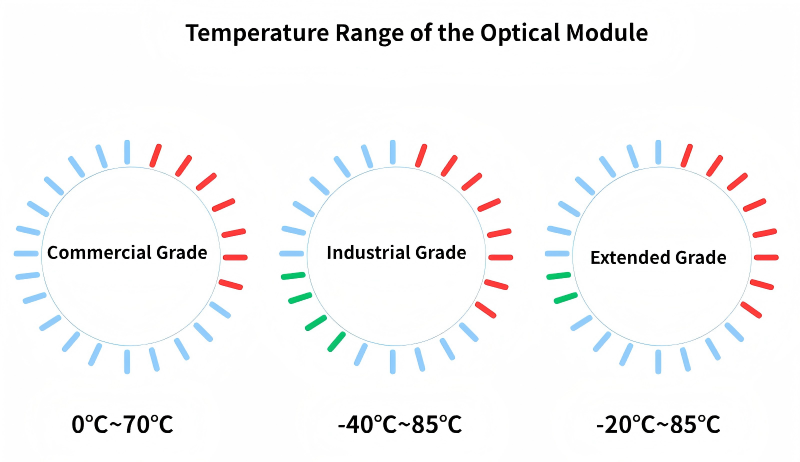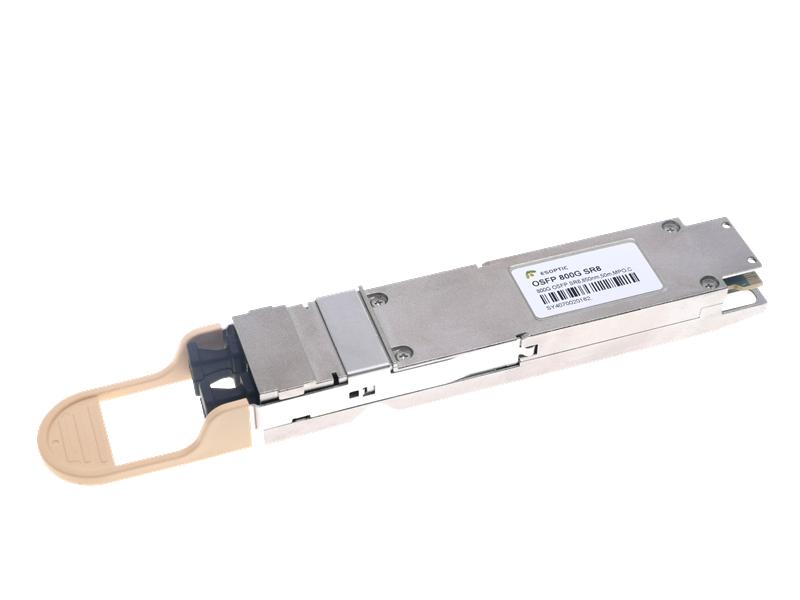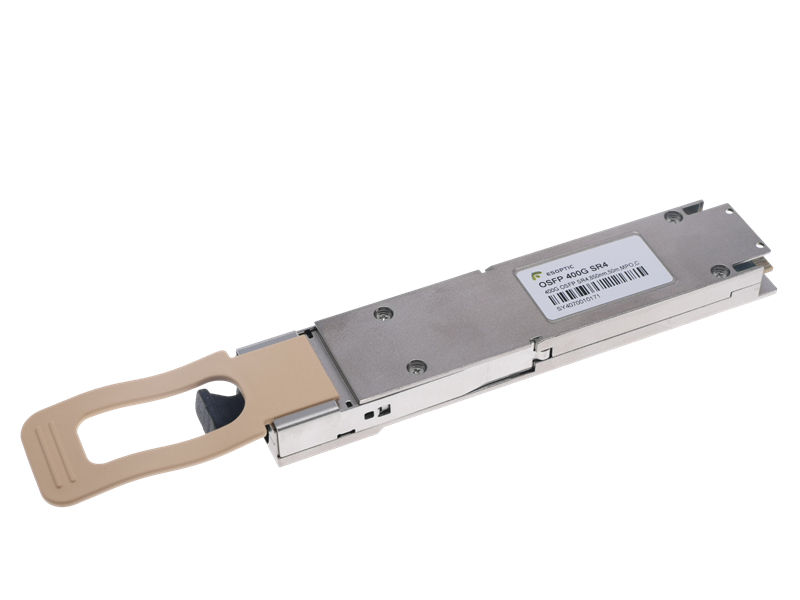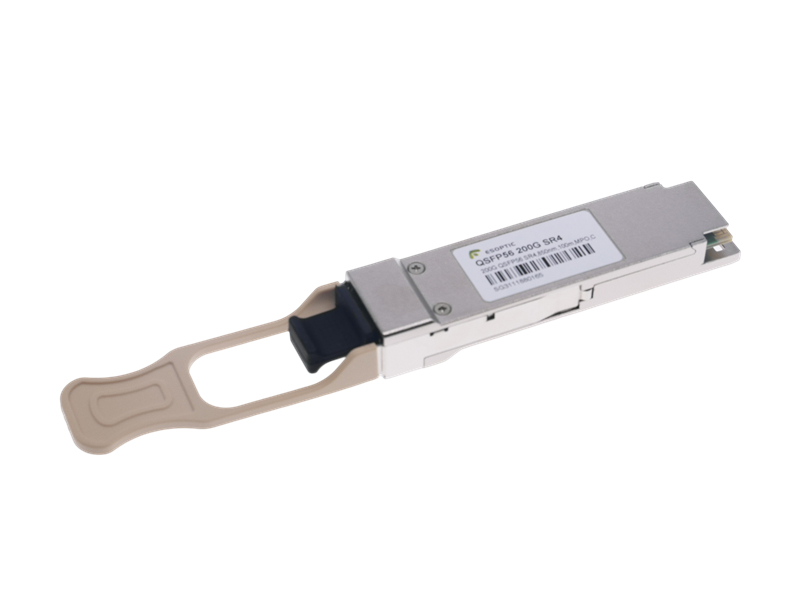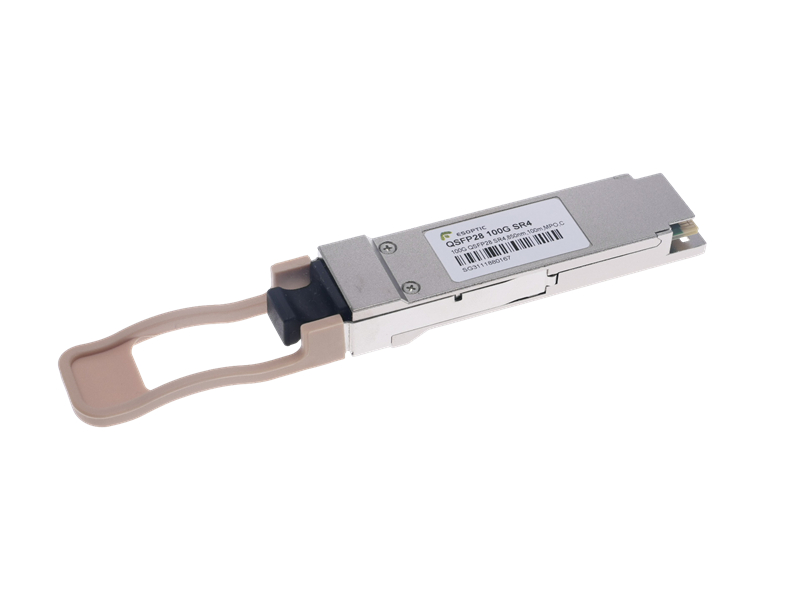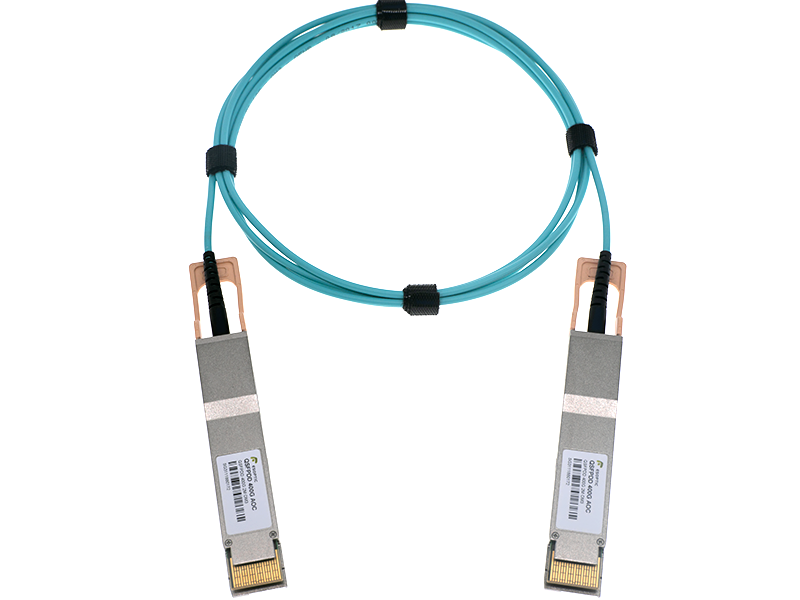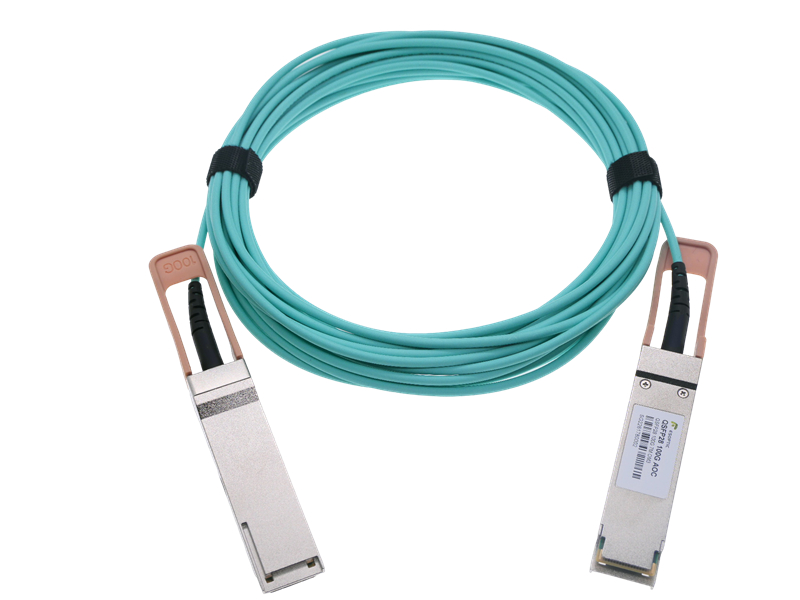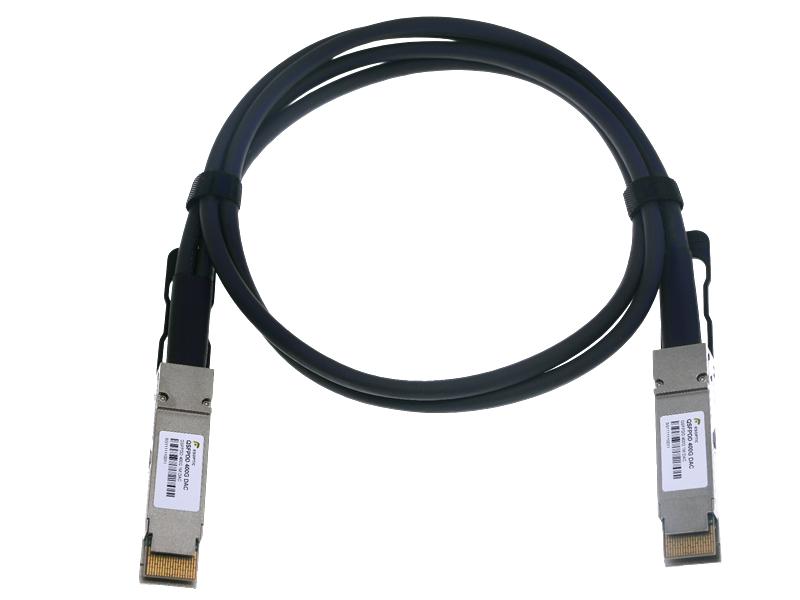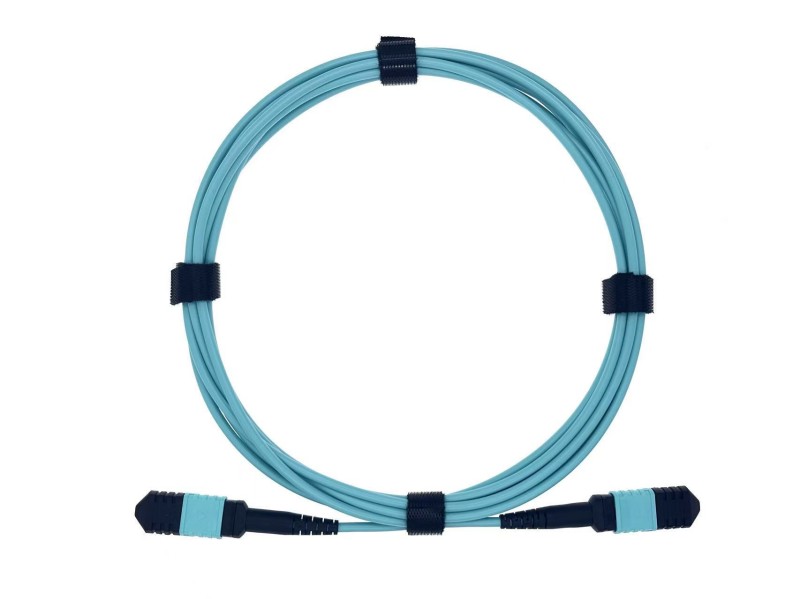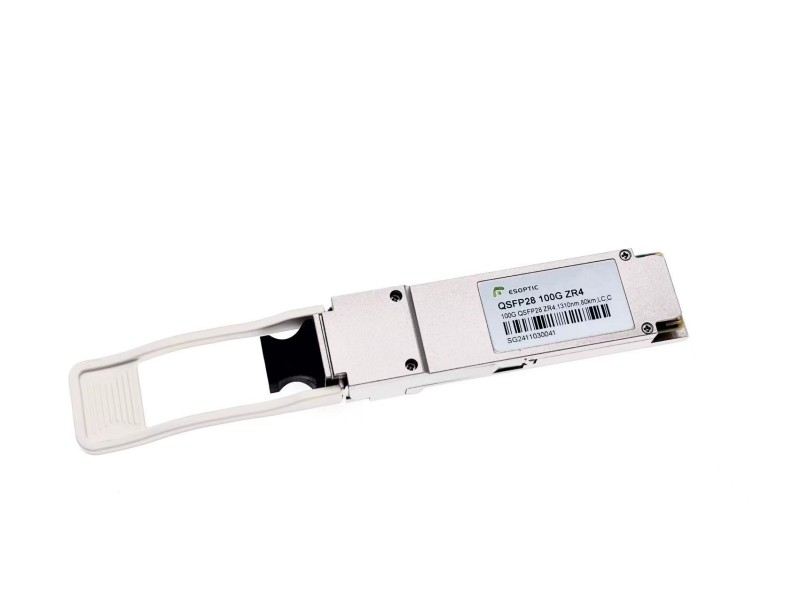When selecting optical transceivers for data transmission applications, choosing the right temperature grade—Commercial Grade, Industrial Grade, or Extended Grade—can make a significant difference in performance, reliability, and system stability. This article provides a clear, technical overview of how these three categories differ, what environments they're suited for, and how to make the best decision based on real-world deployment scenarios.
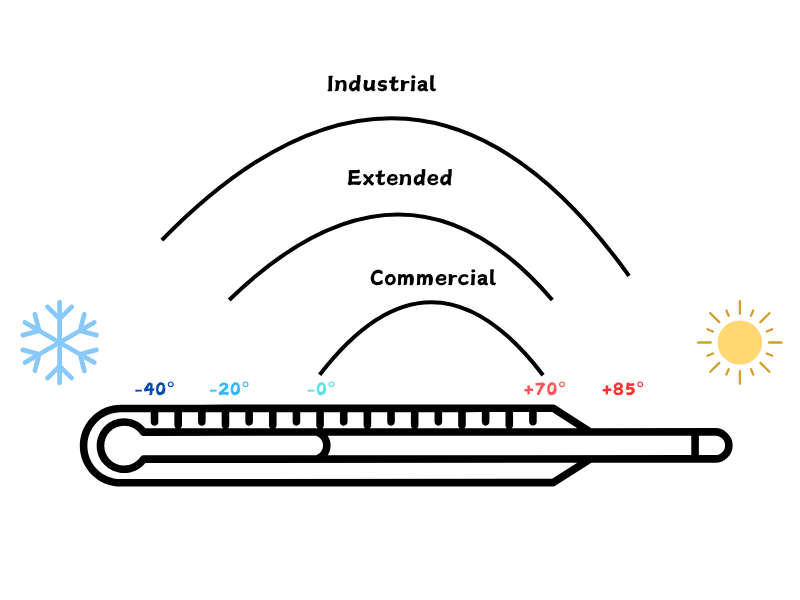
What Defines Commercial Grade Transceivers?
Commercial Grade optical transceivers are engineered to operate within a standard temperature range of 0°C to 70°C. These modules are primarily used in temperature-controlled environments such as data centers, enterprise networks, and telecom rooms. They offer a stable and cost-effective solution when ambient temperatures are predictable and moderate.
Due to their widespread use, Commercial Grade modules represent the most commonly deployed class in the market. Their availability in various form factors—from SFP to QSFP-DD—makes them ideal for short-reach interconnects and high-speed data center links.
Why Industrial Grade Matters in Harsh Environments
Industrial Grade transceivers are designed for environments where temperatures can swing drastically, typically from -40°C to 85°C. These modules are built to survive and perform in outdoor installations, remote base stations, and manufacturing settings with limited climate control.
The robust components and enhanced thermal management make Industrial Grade transceivers the go-to option for critical infrastructure—such as smart grids, oil & gas operations, and rail transport systems—where failure is not an option. The additional reliability comes at a higher cost, but for many applications, the investment is necessary.
Extended Grade: A Balanced Middle Ground
Sitting between Commercial and Industrial is the Extended Grade category, which usually supports a temperature range of -20°C to 85°C. Extended Grade transceivers are ideal for edge networks, telecom access points, and lightly protected outdoor enclosures that occasionally experience sub-zero conditions but not extreme fluctuations.
By offering broader thermal tolerance than Commercial Grade and costing less than Industrial Grade, Extended Grade modules strike a balance that fits many modern deployment scenarios—particularly in expanding 5G and metro networks.
How to Choose the Right Grade for Your Application
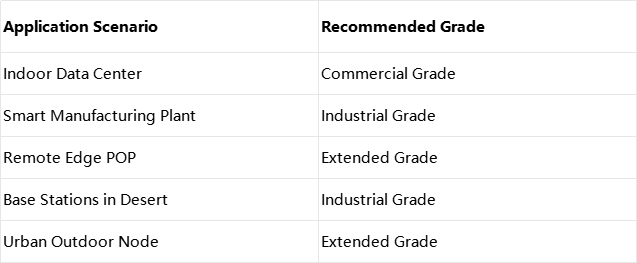
Always align your selection with real operating conditions. While Commercial Grade may be suitable for most indoor networks, Industrial Grade is essential where equipment faces environmental extremes. Extended Grade offers a sweet spot for deployments that require flexibility without compromising too much on cost or stability.
Conclusion
Whether you're building a hyperscale data center or deploying fiber in remote field locations, understanding the differences between Commercial Grade, Industrial Grade, and Extended Grade transceivers is crucial to long-term network performance. Choosing the wrong temperature grade can lead to premature failure, data loss, and increased maintenance costs. By aligning your optical modules with environmental requirements, you ensure better uptime, safer operation, and greater ROI.
